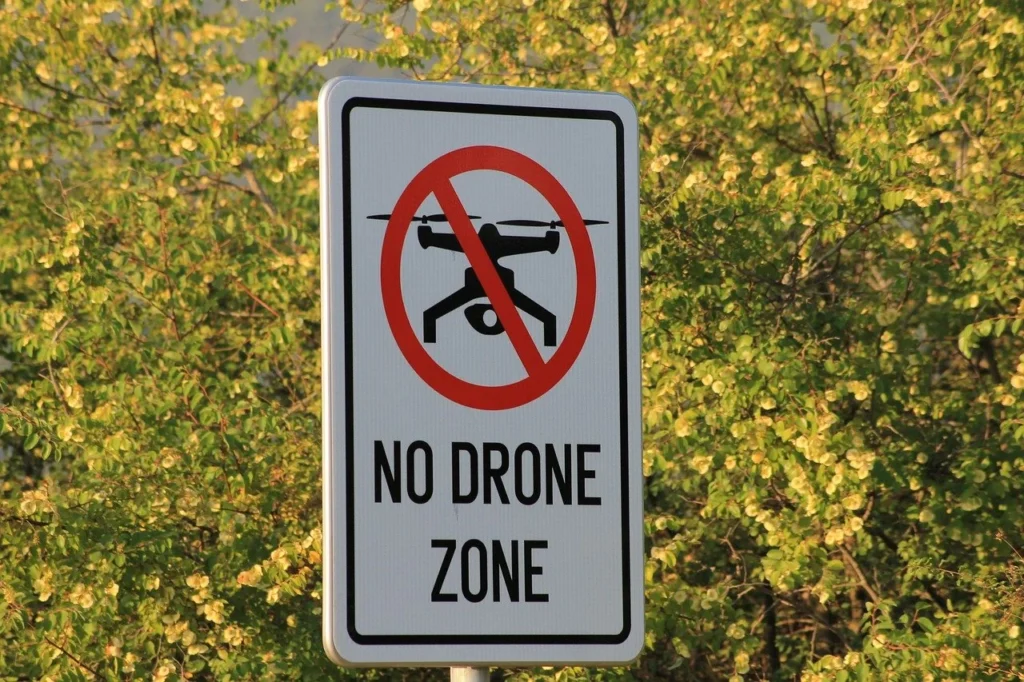Have you ever looked up at the sky and wondered about the rules that govern the airplanes flying overhead? It turns out, there’s a lot more to it than just taking off and landing wherever you please. Airspace is carefully regulated to ensure safety and security for everyone involved. In this blog, we’ll take a closer look at two important concepts: No-Fly Zones and Restricted Areas.
What are No-Fly Zones?
Imagine if you had a big invisible bubble around your house where no one was allowed to enter without your permission. That’s kind of how No-Fly Zones work in the sky. These are areas where airplanes are not allowed to fly under any circumstances.
No-Fly Zones are typically put in place for a few reasons:
- Safety: Some areas might be restricted because they’re close to airports or military bases, and having planes flying around there could be dangerous.
- Security: Other areas might be off-limits because they’re important for national security. These could include places like government buildings, power plants, or even events with high-profile attendees.
- Privacy: Sometimes, No-Fly Zones are established to protect people’s privacy. For example, flying over someone’s house without their permission could be considered invasive.
What about Restricted Areas?
Restricted Areas are a bit different from No-Fly Zones. Instead of being completely off-limits, these areas have certain restrictions or limitations on flying. It’s like if you could enter someone’s bubble, but you had to follow some specific rules while you were there.
Restricted Areas are often used for things like:
- Military Operations: These areas might be used for military training exercises or testing of weapons systems. It’s important to keep other aircraft out of these areas to avoid accidents.
- Special Events: Sometimes, large events like airshows or sporting events might have restricted airspace to keep the area safe for participants and spectators.
- Natural Disasters: In the aftermath of a natural disaster like a wildfire or a hurricane, airspace might be restricted to allow emergency responders to do their jobs without interference.
Why is it Important to Understand?
Understanding No-Fly Zones and Restricted Areas is crucial for anyone who wants to fly an aircraft, whether it’s a small drone or a commercial airplane. Ignoring these regulations can not only lead to fines and legal trouble but also pose serious risks to people’s safety and security.
By respecting these rules, pilots can help ensure that the skies remain safe and accessible for everyone. So next time you look up at a plane flying overhead, remember that there’s a lot more going on behind the scenes to keep everything running smoothly up there in the vast expanse of the sky.

